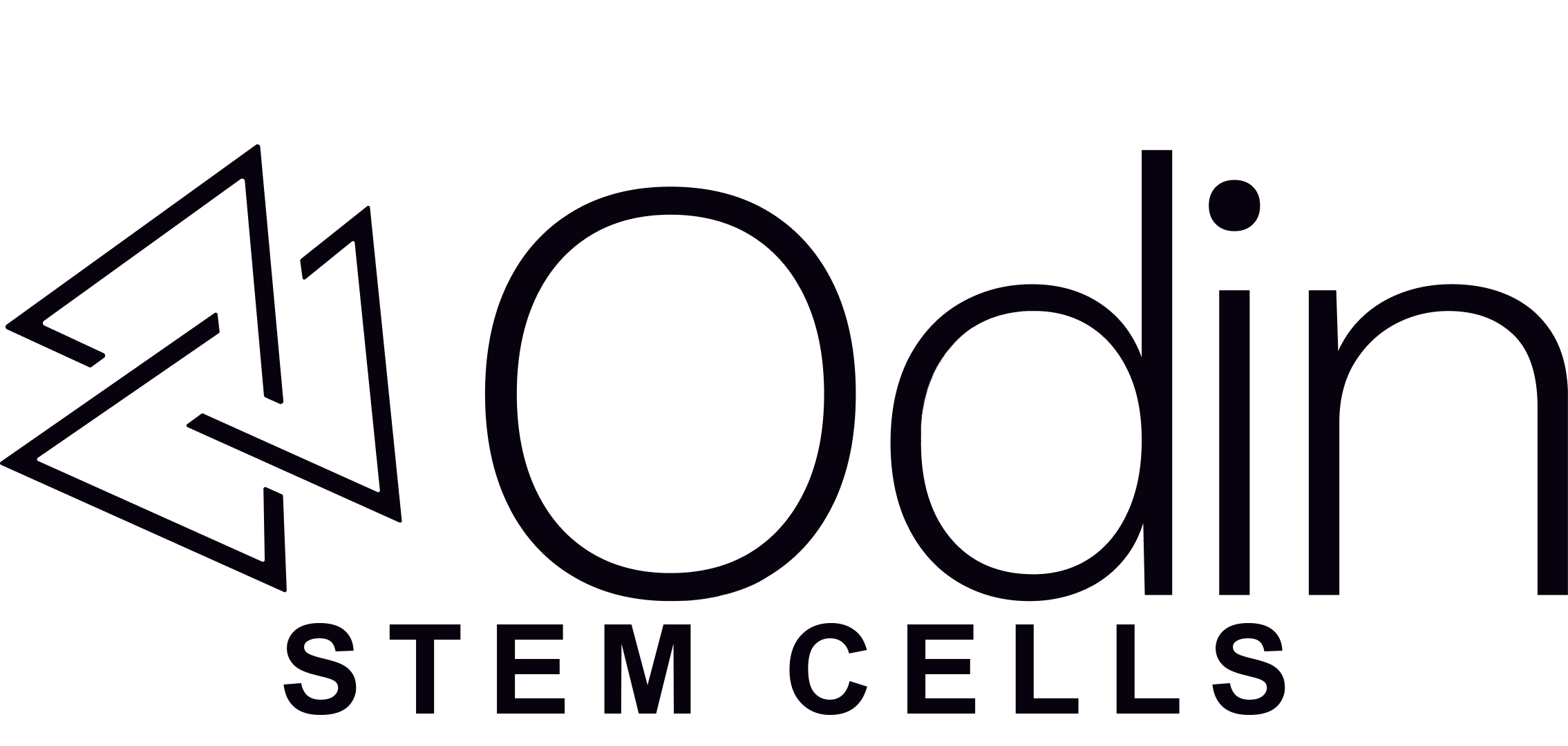
ODIN Stem Cells
FAQ
Common Questions
WHAT ARE STEM CELLS?
Stem cells, often called the “body’s repair kit,” are remarkable cells that help reduce inflammation, regulate the immune system, promote tissue regeneration, and minimize scarring. Stem cell therapy works by introducing these cells to an injured area, signaling the body to begin the healing process. Mesenchymal stem cells (MSCs) used in treatment can be sourced from the patient (autologous) or from a donor (allogeneic). This cutting-edge approach is globally recognized as one of the most advanced innovations in tissue regeneration.
IS UMBILICAL CORD STEM CELL THERAPY SAFE?
For nearly four decades, physicians in the United States have been utilizing stem cell-rich cord blood infusion treatments. In 2003, the National Institute of Health (NIH) affirmed that no cases of cancer or other health risks have been linked to stem cell therapy. Similarly, researchers at the Steenblock Research Institute have not observed a single case of rejection in patients treated with pure umbilical cord stem cells, highlighting the safety of this therapy.
Donors undergo a rigorous screening process to ensure the highest standards. It starts with a detailed intake form, which reviews the donor’s medical and genetic history. Only those who meet strict criteria proceed. During pregnancy, the mother’s blood is tested to confirm the absence of any communicable diseases. After delivery, a sample from the donated umbilical cord tissue is analyzed for illegal drug use, viruses, infectious diseases, and genetic disorders.
Once the umbilical cord tissue clears hospital testing, it undergoes further analysis before reaching the lab. This final testing phase screens for bacteria, fungi, and viruses. Once approved, the tissue is sent to the lab for cell selection and expansion.
HOW QUICKLY WILL I SEE RESULTS?
Patients with ODIN typically notice improvements within the first three to four months following stem cell therapy, though many report positive changes as early as 48 hours after treatment. In some cases, progress may occur more gradually, with noticeable improvements appearing between six and 12 months, depending on the severity of the injury, disease, or age-related condition being treated.
TYPES OF STEM CELLS ODIN USES?
At ODIN, we exclusively use ethically sourced stem cells harvested from the umbilical cord of tissue of full-term volunteer donors. We do not utilize embryonic stem cells from human embryos. In certain treatment protocols, doctors may combine autologous (patient-derived) bone marrow stem cells with allogenic umbilical cord stem cells to enhance the therapeutic benefits.
BONE MARROW VS UMBILICAL CORD STEM CELL TREATMENT?
Choosing between bone marrow and umbilical cord stem cell treatments depends on several factors, including the patient’s condition, treatment goals, and the source of the stem cells. Here’s a breakdown of the advantages of each option:
BONE MARROW STEM CELLS
- Autologous Option (from the patient): Bone marrow stem cells are often sourced from the patient, meaning there is no risk of rejection or compatibility issues.
- Tissue-Specific Healing: Bone marrow stem cells are rich in mesenchymal stem cells (MSCs), which are known to specifically aid in the repair of tissues such as bones, cartilage, and muscles.
- Personalized Treatment: Since the cells come directly from the patient, the treatment can be tailored to the individual’s unique biology and health needs.
- Lower Ethical Concerns: Because these cells come from the patient’s own body, there are no ethical concerns related to harvesting or sourcing.
- Proven Track Record: Bone marrow transplants have been used successfully for decades, especially for blood disorders and certain cancers.
UMBILICAL CORD STEM CELLS
- Higher Potency: Umbilical cord stem cells, particularly those derived from Wharton’s Jelly, are more primitive and versatile, which means they may have greater potential to regenerate a wider range of tissues.
- Less Invasive: Harvesting umbilical cord stem cells is non-invasive since the cells are collected after birth, whereas bone marrow extraction involves a surgical procedure.
- Younger, Healthier Cells: Umbilical cord cells are collected from healthy newborns, so they are not subject to aging or damage from environmental factors, making them potentially more effective for certain treatments.
- Faster Availability: Allogenic (donor-derived) umbilical cord stem cells are ready to use, allowing for quicker treatment without the need for the patient to undergo cell harvesting and preparation.
- Strong Anti-Inflammatory Properties: These stem cells have a strong ability to reduce inflammation, making them particularly effective for treating autoimmune conditions and injuries.
- Bone marrow stem cells are often preferred when there is a need for tissue-specific healing or when a personalized, autologous option is desired to avoid rejection risks.
- Umbilical cord stem cells may be a better choice when a broader range of regeneration is needed, or when time and non-invasiveness are important factors. These cells can be more potent and are readily available from donors.
Ultimately, the decision depends on the patient’s medical condition, the goals of the treatment, and the advice of their physician. Some protocols may even combine both types of cells for enhanced outcomes.
Regain your LIFE BACK: Check Your Eligibility
How Stem cellS work
Stem cells are basic cells that can turn into different types of cells when needed by the body. They can either multiply or change into specific cell types, making them useful for many purposes.
Umbilical Cord Stem Cell Therapy
Umbilical cord stem cell therapy is gaining attention for its potential to treat a wide range of medical conditions. This approach is showing promise in regenerative medicine and is being explored for various uses, offering hope for innovative treatments and improved outcomes.
Why Choose Odin Clinic?
Book a call with one of our doctors.
Discover how stem cell therapy can help you. Speak directly with one of our doctors today and start your path to living a better life.
